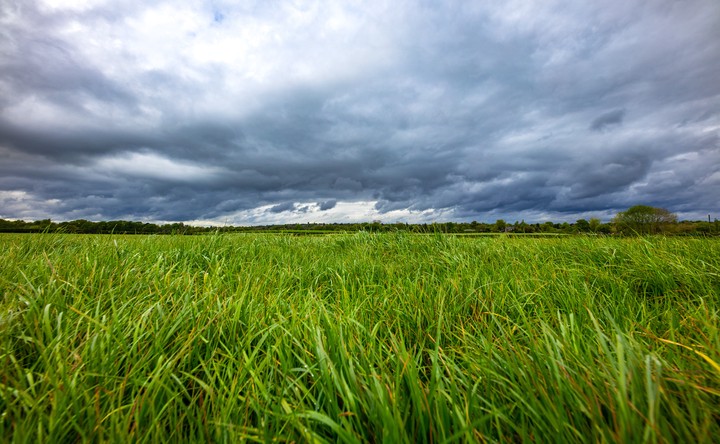PhD thesis defense
 Image credit: Jonathan Farber
Image credit: Jonathan Farber
In mid-June of this year, I defended my PhD thesis titled “Development of tree plantations in grassland biome: responses of taxonomic and functional diversity in multiple taxa”. This thesis was supervised by Dr. M. Isabel Bellocq and co-directed by Dr. Pablo Aceñolaza. The jury members were Dr. Marcelo Arturi, Dr. Gerardo Cueto and Dr. Pedro Blendinger.
The structure was:
-General Introduction (min 0)
-General Methodology (min 9:07)
-Patterns of alpha taxonomic and functional diversity in relation to environmental changes along the eucalypt forest cycle (min 14:20)
-Determinants of beta taxonomic and functional diversity along the eucalypt forest cycle (min 20:56)
-Mechanisms of assembly formation in the eucalyptus forest cycle (min 30:00)
-Summary and Final Reflections (min 38:12)
I leave the video here (in Spanish):
Abstract of the thesis:
Environmental filtering is the main mechanism in the process of community assembly in anthropogenic habitats. The responses of the different taxa to the anthropogenic disturbance may be congruent due to the action of the same environmental filters. Among the land uses that contribute to the loss of biological diversity, tree plantations have expanded worldwide replacing natural habitats. This transformation alters the microclimatic conditions, structure, and composition of the original vegetation affecting the availability of resources for native species. This PhD aimed to assess the effect of the eucalypt forest cycle developed in grassland biome on taxonomic and functional diversity using a multitaxa approach and thus determine whether there is cross-taxon congruence. It proposed to use taxa with contrasting attributes in their ecological niche (plants, birds, and ants), and that fulfill key roles in the ecosystem functioning. As the eucalypt plantation age increases the typical environmental conditions of grassland biome are increasingly modified and thus changing abiotic factors and availability of resources. The results showed the existence of an environmental gradient along the forest cycle due to the increase in environmental dissimilarity between plantation age and the grassland sites. Alpha taxonomic and functional diversity of the taxa decreased with the increase in environmental dissimilarity, but the functional responses varied according to the taxon. On the other hand, the taxonomic beta diversity of bird and plant communities increased with the increase in environmental dissimilarity but not for ant communities. Nestedness was the component that most contributed to taxonomic dissimilarity reflecting the loss of typical grassland species in ant and bird assemblages. In contrast, turnover was the main component of the taxonomic dissimilarity of the plant assemblages. Functional beta diversity showed that assemblages within eucalypt plantations ware subsets of the functional space determined by the species from the natural habitat. Comparisons with null models indicated that the mechanisms determining community assembly along the eucalypt forest cycle depends on the taxon considered. This thesis constitutes a contribution to the integration of the multiple taxa approach in the determinants of biological differentiation in human-modified habitats.